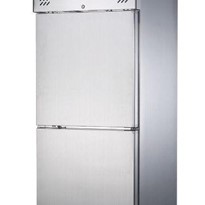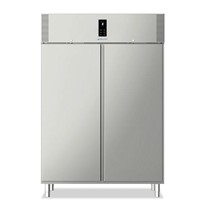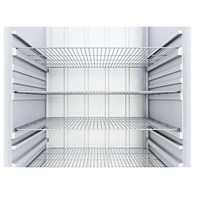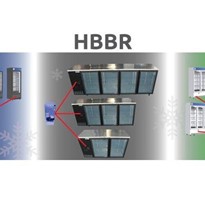A cluttered, disorganized, and dirty fridge can be a serious issue in foodservice operations that rely on cleanliness. A dirty fridge might not only allow bacteria to flourish, but it can also use more electricity and damage the lifespan of your fridge.
Restaurants that are only doing take-out and delivery or are fully closed due to COVID-19 might take advantage of this time to deep clean and organize their walk-in coolers and freezers. In this blog post, we'll show you how to clean and organize your industrial refrigerator, walk-in, or freezer step by step!
How to Clean Your Fridge in 7 Easy Steps
Before you can reorganize your fridge, you need to wipe it out, throw away any expired food, and sanitize everything. Here's a step-by-step guide on cleaning your refrigerator:
1. Unplug your refrigerator and freezer.
The first step in preventing electrocution is to unplug your refrigerator or freezer. It's a simple and quick process, but it's critical for preventing work-related accidents.
2. Remove all items from each shelf.
The second step is to empty your refrigerator or freezer of all items. Don't just transfer the containers to the other side of the fridge; remove them completely.
3. Throw Away Any Expired or Moldy Food
In a large refrigerator, perishables can easily become lost in the mix if they are pushed to the back or hidden under other products. It's not worth the risk of making a customer sick to save anything you suspect of being ruined.
Cans and jars that have already been opened should be discarded (unless they have been appropriately labelled with the date and time of their opening). “When in doubt, toss it out,” is a credo to live by. Any other food or ingredients that haven't been used in months (or that you don't plan on using in the next few weeks) should be thrown away or recycled.
4. Completely Wipe Down the Interior of the Refrigerator or Freezer
To clean your business fridge or freezer, fill a pail halfway with warm, soapy water and a sponge of your choosing. Microfiber towels and mitts with high absorbency are ideal for scrubbing out every inch of your refrigerator and eliminating messes that have collected since the last cleaning.
Try using a simple toothbrush to reach grime or stuck-on stains in tight corners because the bristles are flexible and powerful, allowing you to get into small spaces and scrub away the dirt. Rinse the insides of your fridge and freezer with clean water after you've washed them completely.
5. Disinfect with a Sanitizer
Bacteria and mold can build up in a fridge over time, so disinfecting surfaces with a sanitizer is essential. Because you'll be putting goods back into the refrigerator units, make sure to use a food-safe sanitizer. You don't need to go crazy with sanitizing because you've already washed inside. It's true that a little goes a long way.
6. Vacuum the Condenser and Coils
By obstructing the air intake, dust and debris reduce the power generated in your refrigeration unit's condenser and refrigeration coils. Dust and dirt might accumulate on your refrigerator over time, obstructing the air intake. As a result, your refrigerator's condenser and coils will need to expend more energy to suck in air and keep it cool, resulting in a less-efficient fridge and a higher utility bill.
You may remedy this problem by cleaning the dust off your refrigerator coils on a regular basis. Begin by removing the protective grill, which can be found on the top or bottom of your device. To remove dirt and dust, brush the coils and the fan unit. Remove all debris with a vacuum and reattach the grill.
7. Clean the area beneath and above the refrigerator or freezer.
It's just as vital to keep the area around your refrigeration units clean as it is to clean the equipment itself. Mop the floor under and around the refrigerator or freezer thoroughly. If your units have casters, pull them away from the wall so you can reach the walls and floor behind and beneath them. Also, don't forget to dust the top of the device.
It's time to re-plug your refrigerator units and restock the shelves with food once they've been thoroughly cleaned. Make sure you're utilizing proper food placement techniques while putting food back in your industrial fridge.
Here is how you should stock your fridge:
- Top Shelf: Ready-to-eat foods, produce, butter, condiments, pre-cooked foods
- Second Shelf: Seafood
- Third Shelf: Whole cuts of raw pork and beef
- Fourth Shelf: Ground meat and fish
- Bottom Shelf: Poultry
Raw meat and poultry should be stored on the bottom shelves to keep juices and bacteria from leaking down and contaminating the items below.
Getting Your Fridge Organized
You can also do the following to arrange your refrigerator and freezer and make it easier to find what you're looking for:
- Label any products that have been opened. Labelling your food allows you to keep track of its freshness and dispose of it when it expires.
- Color-coded containers are a good idea. Using different colored bins for different products makes it easier to distinguish between them, allowing your employees to swiftly discover what they're searching for.
- Use the "First In, First Out" strategy. First In, First Out (FIFO) is an inventory management approach that ensures that the freshest food is used first and that food does not sit in your refrigerator for too long.
Now that your refrigerators and freezers are clean and organized, you can see how keeping them neat can help you save money and reduce waste. Organizing and cleaning your refrigerator will help you save money on food by ensuring that you use it more efficiently, reducing food waste, and preventing bacteria from forming and spreading.


.jpg)

-160x160-state_article-rel-cat.png)
-160x160-state_article-rel-cat.png)









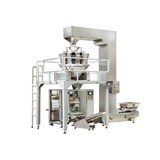
-160x160-state_article-rel-cat.png)


-160x160-state_article-rel-cat.png)







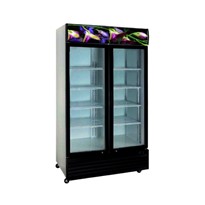
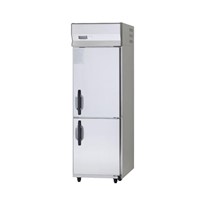
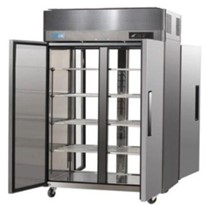
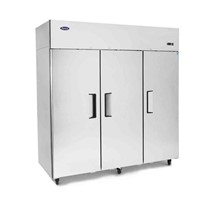
-205x205.jpg)

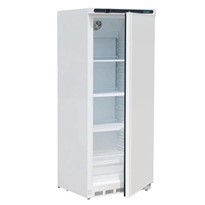
-205x205.jpg)


